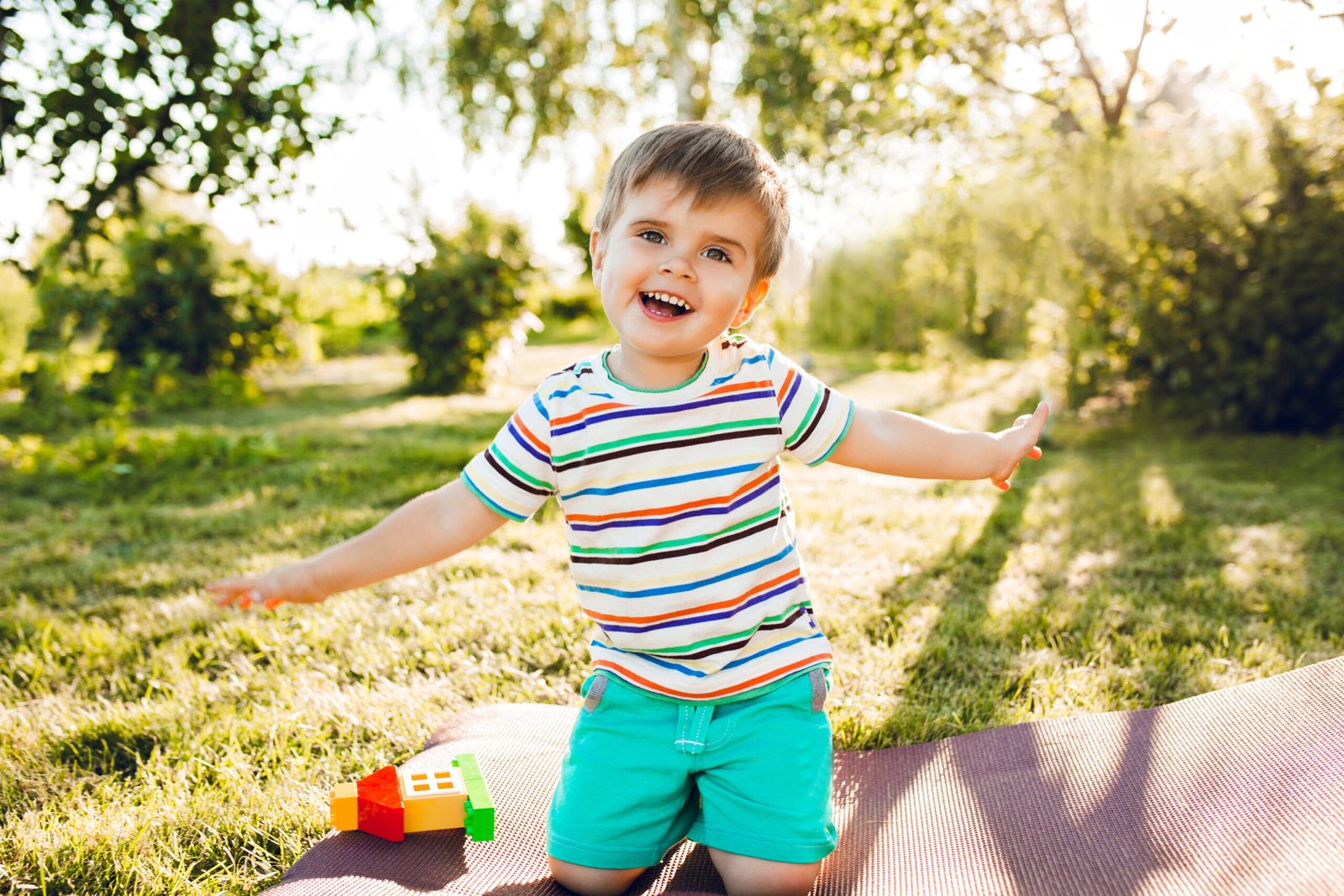Playgrounds are a vital part of childhood—spaces where kids can explore, socialize, and get the physical activity they need. But while they offer fun and freedom, they also come with potential risks. Every year, thousands of children are treated in emergency rooms for playground-related injuries. Fortunately, many of these incidents can be prevented with a few simple safety practices. Whether you’re a parent, caregiver, or community leader, understanding how to create and maintain a safe play environment can make all the difference. Here are essential playground safety tips to ensure kids play happily and safely.
1. Supervision is Key
The most effective way to keep children safe on a playground is attentive supervision. Active adult presence helps prevent risky behavior and allows for quick response in case of an accident. Toddlers and preschoolers, in particular, require close monitoring, as they are still developing motor skills and may not understand playground boundaries.
Tip: Stay close and keep your eyes on the child at all times. Use your phone only when necessary and never assume someone else is watching.
2. Choose Age-Appropriate Equipment
Playgrounds often have different sections designed for various age groups. Equipment meant for older children can be dangerous for younger ones due to the height, complexity, or strength required to use it safely.
Tip: Always check for posted age guidelines near play structures and ensure your child plays on equipment that aligns with their developmental stage and abilities. Reputable playground equipment manufacturers in Utah offer age-appropriate, safety-tested designs that help communities build inclusive and secure play areas for every age group.
3. Inspect the Playground
Before letting your child loose, take a moment to inspect the playground for potential hazards. Broken equipment, loose bolts, exposed nails, and rusted metal can all pose serious dangers. Trash, glass, or animal droppings are also red flags that the area may not be regularly maintained.
Tip: Report any hazards to the responsible authority—be it the school, park district, or property manager—to ensure timely repairs.
4. Safe Surfacing Matters
Falls are the most common cause of playground injuries. That’s why the surface under and around play structures is crucial. Hard surfaces like concrete or asphalt increase the risk of serious injury. Safer alternatives include rubber mulch, wood chips, engineered wood fiber, or synthetic turf.
Tip: Look for at least 12 inches of impact-absorbing material around play equipment, especially under swings and climbing structures.
5. Dress for Safety
What children wear to the playground can influence their safety. Drawstrings on hoodies, loose clothing, and untied shoelaces can get caught in equipment and cause strangulation or tripping hazards.
Tip: Choose snug-fitting clothes and closed-toe shoes with good grip. Leave necklaces, scarves, and other accessories at home.
6. Teach Playground Rules
Educating children on proper playground behavior is just as important as physical safety measures. Kids should understand how to take turns, avoid rough play, and be mindful of others around them.
Tip: Encourage your child to use equipment as intended—no climbing up slides or jumping off high places. Reinforce the idea that pushing, shoving, and crowding can lead to injury.
7. Mind the Weather
Weather can significantly impact the safety of playgrounds. Wet equipment becomes slippery, and metal slides or monkey bars can become dangerously hot in direct sunlight. Cold weather can also make surfaces hard and unforgiving during falls.
Tip: Always do a touch test on surfaces before play. Avoid equipment when it’s too hot, wet, or icy.
8. Hydration and Sun Protection
Outdoor play can lead to dehydration and sunburn if precautions aren’t taken, especially in warmer months. Kids often don’t realize they’re thirsty or overheated until it’s too late.
Tip: Bring water bottles and encourage regular breaks. Apply sunscreen before heading out, and opt for shady playgrounds when possible.
9. Be Aware of Surroundings
A safe playground isn’t just about the equipment—it’s also about the environment around it. Busy streets, deep water, or steep drop-offs nearby can pose additional risks.
Tip: Choose playgrounds that are fenced or in low-traffic areas, and keep a vigilant eye on kids who might wander beyond the play space.
Final Thoughts
Playgrounds are meant to be places of joy, discovery, and growth. With a little awareness and proactive care, we can ensure they stay that way. Prioritizing safety doesn’t mean eliminating fun—it means giving kids the freedom to explore confidently in a secure environment. By following these essential tips, you help create a world where safe play leads to happy kids—and that’s a win for everyone.
YOU MAY ALSO LIKE: Party Ready: Tips for Getting Your Home and Yard Ready for Your Kids’ Party











